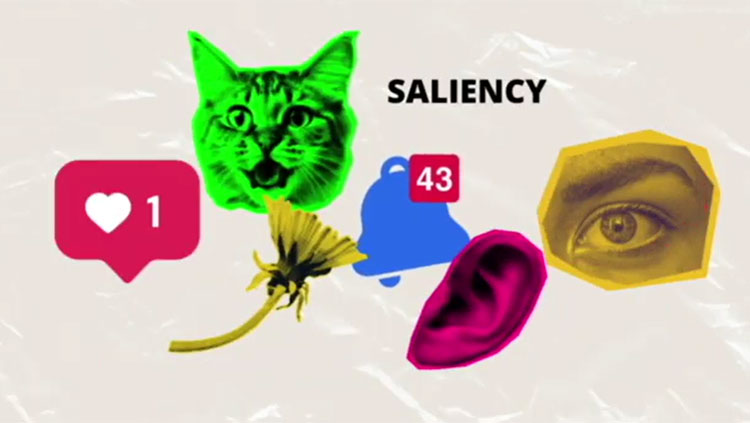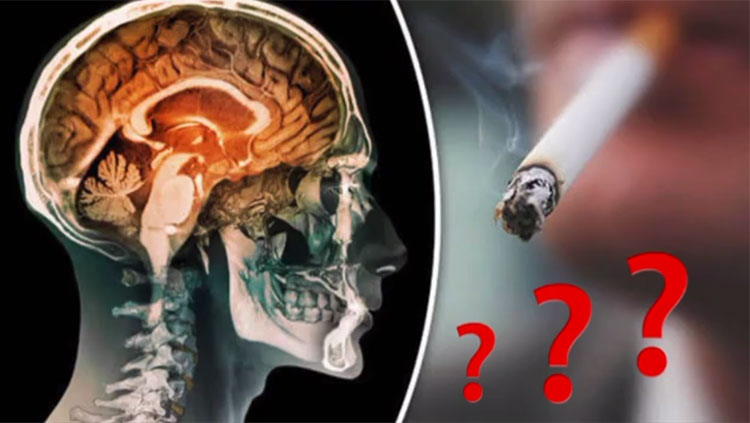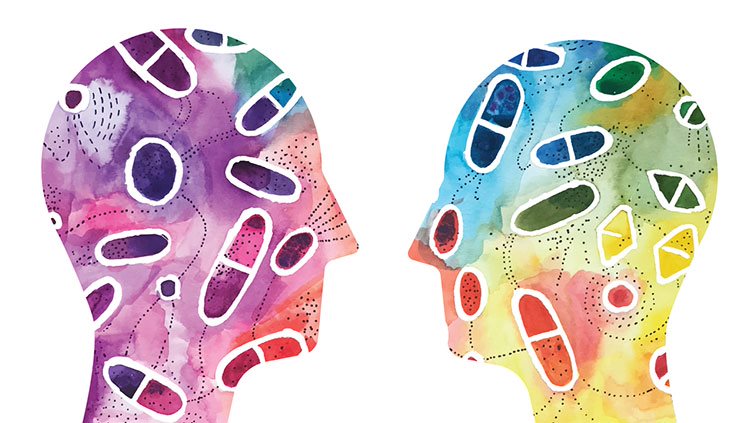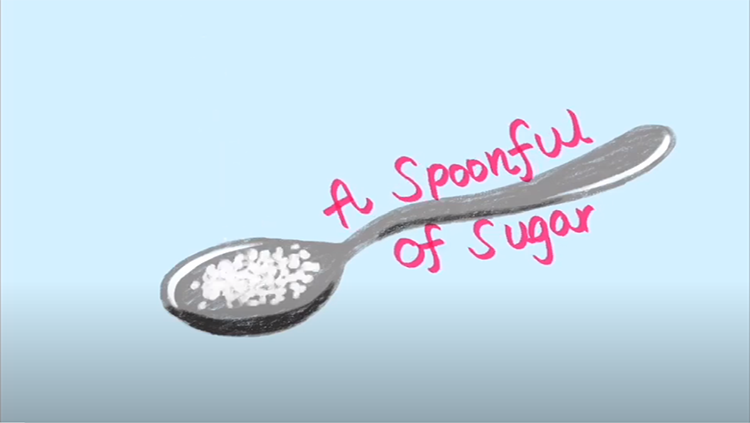Tackling the Opioid Crisis by Understanding Trauma
- Published30 Jan 2018
- Reviewed30 Jan 2018
- Author Courtney Columbus
- Source BrainFacts/SfN

As Zachary Pennington watched friends and family grapple with substance dependency and anxiety disorders, he knew he wanted to find a way to help. So, the psychology graduate student at the University of California, Los Angeles, decided to focus his work on the interactions between substance dependency and post-traumatic stress disorder, commonly known as PTSD.
“The traditional view on the link between substance dependence and PTSD is that individuals first experience trauma, and in an effort to self-medicate and treat their symptoms, they begin using drugs, and then go on to develop addiction,” Pennington says. His work in mice, which he presented at Neuroscience 2017, instead suggests that withdrawal from opioids may increase PTSD symptoms after trauma.
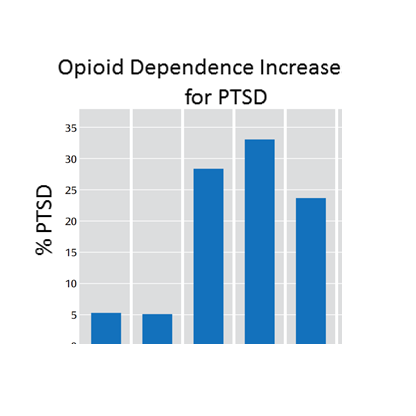
“This [research] is different in the sense that it's asking, rather than how does trauma influence drug use, how does drug use influence stress response?” Pennington notes.
Ever since the discovery of the opium poppy, people have used opioids to quell pain. However, that relief comes with the risk of addiction and overdose. As the opioid epidemic plagues communities across the United States, overdose deaths in the U.S. involving opioids, including recreational drugs like heroine and prescription medications like oxycodone, have quadrupled since 1999, according to the Centers for Disease Control and Prevention.
Pennington and his colleagues wanted to examine the stress response in mice after withdrawal from morphine. For eight days, mice received morphine injections twice a day, then they were taken off the drug for a week. A control group of mice received similarly timed saline solution injections instead of morphine. Following the week without injections, the mice were subjected to a series of mild shocks to their feet lasting about an hour. At a later time, Pennington put the mice into a new environment and exposed them to a single mild shock.
“You look at the animals that got morphine, and you see that their fear of that environment that was paired with the mild [shock] is just enormous,” Pennington says. Their behavior suggests that previous opioid use actually leads to more-severe PTSD-like symptoms when they experience trauma. However, that doesn’t mean opioid withdrawal in humans does the same thing. “These are studies done in animals, and how relevant they are to humans is unclear at this point,” Pennington says.
Mary Kay Lobo, associate professor at University of Maryland School of Medicine, where she studies the molecular mechanisms of drug addiction and stress, says Pennington’s research is exciting. She feels that it takes a creative approach to studying the interaction between opioid use and PTSD. One that could inform future efforts to understand the effects of opioid use in humans.
Lobo also wonders what is happening in the brains of these mice to drive this heightened fear response. “Understanding the neural circuits that are actually governing this response, as well as what might be happening on a more molecular level in the circuits, would really be important,” she says.
CONTENT PROVIDED BY
BrainFacts/SfN
Also In Addiction
Trending
Popular articles on BrainFacts.org




